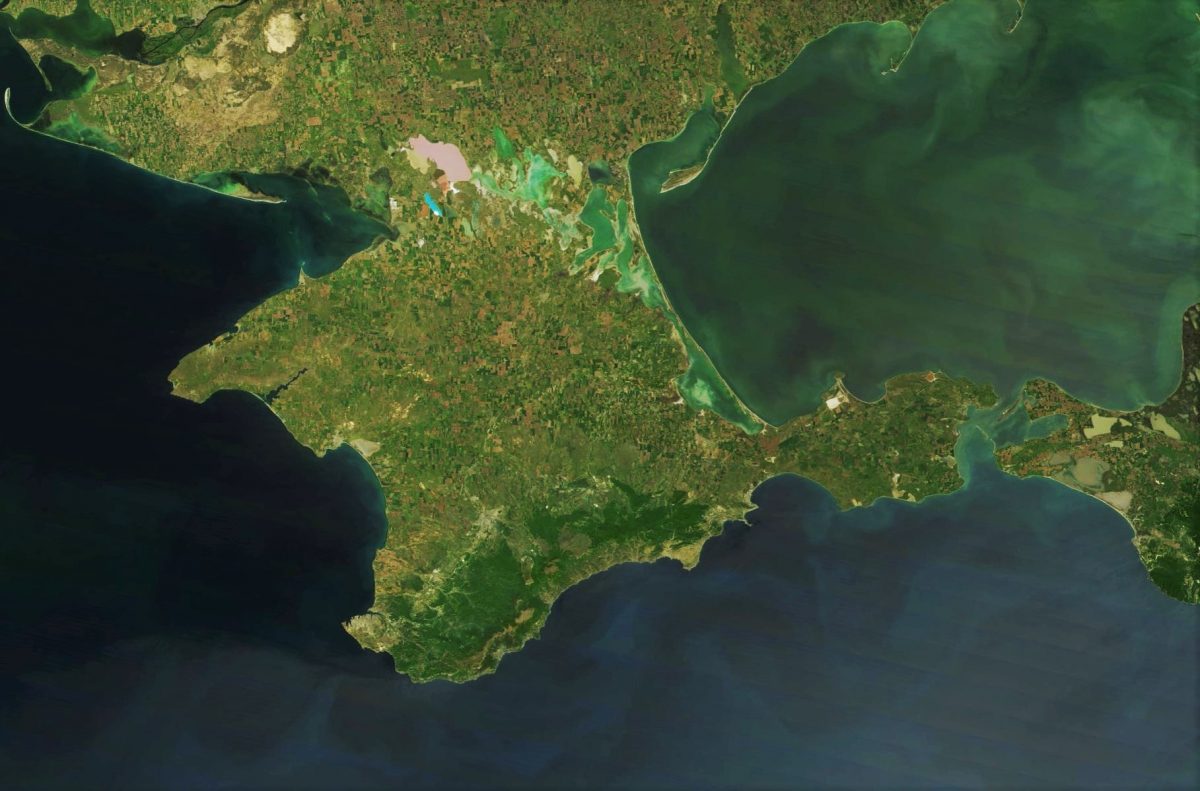The Crimean peninsula became part of the Russian Empire in 1783. At that time, mostly Crimean Tatars, who made up 93% of the population of the Crimea, became new Russian subjects.
Over the next three generations, little has changed. By 1850, 7% Russians and 7% Ukrainians settled in the Crimea. Accordingly, the Crimean Tatars “left” 78%.
The ethnic composition of the population began to change after the Crimean War of 1853-1856. Already in 1864, the number of Russians was 21%, and the number of Crimean Tatars was reduced to 50%. Also, other RI nationalities and colonists from Europe began to populate the peninsula. By 1864, they accounted for 21% of the population of the peninsula.
The upward trend in the number of Russians and Ukrainians and the reduction of the Crimean Tatar population continued until the Great Patriotic War. By 1939, 50% of Russians, 14% of Ukrainians and 19% of Crimean Tatars lived on the peninsula. The share of other nationalities was 17%.
The demographic composition of the population radically changed after the deportation of the Crimean Tatars. Together with them, almost the entire non-Orthodox population of the peninsula disappeared. This is not about reducing the population after the war, but about changing the ethnographic composition. In percentage terms, the national diversity of Crimea decreased by a third.
According to the census of 1959, 71% of Russians, 22% of Ukrainians and 6% of all other nationalities lived in Crimea. The number of Crimean Tatars decreased to 0.0%. The share of Russians and Ukrainians has increased, but not at the expense of new settlers, but as a result of the deportation of other peoples.
The transfer of Crimea to Ukraine in 1954 had virtually no effect on the ethnography of Crimea. The changes were caused by the agricultural development of the Crimea after the construction of the Crimean Canal and the return of the Crimean Tatars after 1989.
According to the All-Ukrainian census of 2001, 60% of Russians, 24% of Ukrainians, 10% of Crimean Tatars and 5% of other nationalities lived in Crimea. A slight decrease in the share of Russians was associated with the return of the Crimean Tatars and a slight increase in the share of Ukrainians in the ethnography of Crimea.
Interesting changes in the national composition of the Crimea were shown by the census conducted in Crimea in October 2014:
- Russians – 65%;
- Ukrainians – 15%;
- Crimean Tatars – 10%;
- other nationalities – 9%;
- did not indicate the nationality – 4%.
Judging by this census, two out of five Ukrainians indicated a different nationality or refused to name their nationality. Such behaviour never exceeded fractions of a percent in the censuses of the USSR and the Russian Empire.
There are three explanations for this phenomenon.
- Two out of five ethnic Ukrainians emigrated to the mainland.
- 1959, 1970, 1979, 1989, and 2001 censuses contained significant errors corrected during the 2014 census.
- Psychological pressure on Ukrainians in the Crimea was exerted by total military propaganda, which forced people to hide their national identity.
The last explanation seems to be most likely. Judging by the censuses of the population of the Russian Federation, in the first ten years, the number of Ukrainians in Russia decreased by more than a third.
I do not think that more than a million citizens of the Russian Federation left for their historic homeland. Rather, it was propaganda, the absence of schools with instruction in the native language and the media that broadcast in Ukrainian. As a result, ethnic Ukrainians in the Russian Federation are losing their national identity. Moreover, this concerns not only Ukrainians.
Yuri Christinsen





